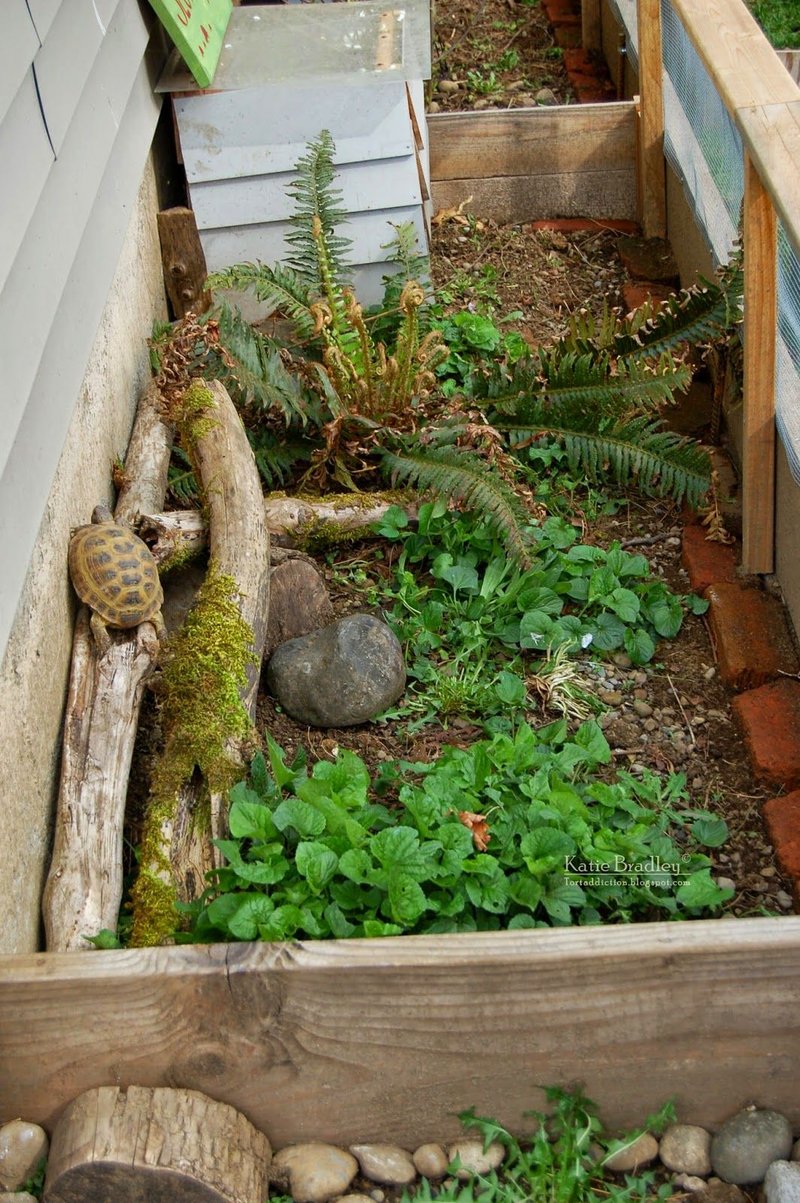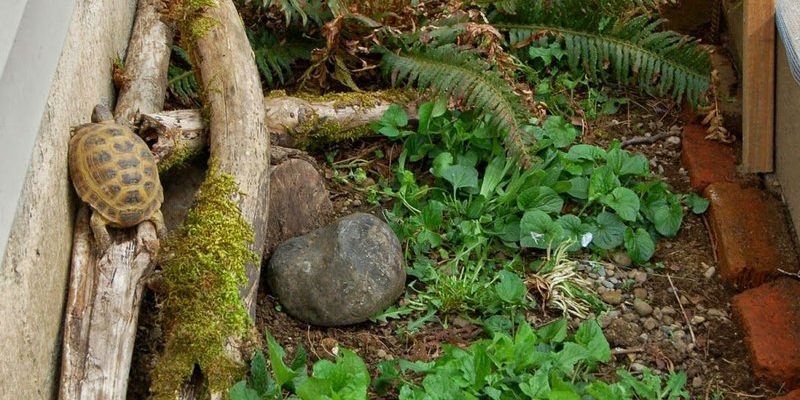
A bioactive habitat offers a mix of live plants, beneficial microorganisms, and other critters that all work together. It supports natural behaviors like foraging and burrowing, giving your tortoise a more fulfilling life. This setup invites you to think beyond regular substrate and basic setups, pushing you to create dynamic living spaces that mirror their natural habitat. Let’s dive in and explore how you can build this wonderful environment for your shelled companion!
Understanding Bioactive Habitats
When we talk about bioactive habitats, it’s essential to grasp the concept first. At its core, a bioactive habitat is a living environment where organisms interact within an ecosystem. For your tortoise, this means combining plants, soil, and tiny creatures that can break down waste and support a healthy environment. It’s a bit like having a small garden full of life, where everything works together to create a balanced system.
In a bioactive setup, you’ll often include plants that are safe for tortoises to nibble on—think dandelions or clover. These plants not only provide food but also help clean the air and enrich the soil. The soil itself is usually a mix that allows for drainage and aeration, making it easier for roots to grow and for beneficial organisms to thrive.
Part of the beauty of this process is how it mirrors nature. In the wild, tortoises would be digging, eating plants, and interacting with the soil and tiny critters. By replicating this environment at home, you provide them with an opportunity to express natural behaviors, reducing stress and the chance of health issues.
Choosing the Right Enclosure
Before you start adding plants and critters, the first step is to select an appropriate enclosure for your tortoise. The size and type of enclosure will depend on the species you have, but generally, bigger is better. You want them to have plenty of space to roam around, dig, and explore.
Consider options like a large reptile terrarium or an outdoor tortoise table if you have the space. The key here is to make sure the enclosure has proper ventilation and is escape-proof. Tortoises are curious critters, and they will try to explore beyond their confines!
Once you have the right enclosure set up, check if you need heating or UVB lights. Some tortoise species need specific temperatures and lighting to stay healthy. Research what is needed for your particular tortoise breed, as this can play a significant role in their overall well-being.
Selecting Beneficial Plants
Next up, let’s focus on plants. Choosing the right plants is crucial for your bioactive habitat. You’ll want to select species that are safe for tortoises, easy to maintain, and can thrive in the conditions you provide.
Here’s a brief list to consider:
- Horsetail – A hardy plant that adds structure and nutrients to the habitat.
- Dandelions – Both a food source and an attractive flowering plant.
- Buttercup – Bright and cheerful, but be cautious as some varieties can be toxic—make sure to check before planting!
- Grasses – Natural grasses are a great addition for grazing and digging.
When planting, mix them into the substrate in a way that encourages your tortoise to forage and explore. Use terracotta pots or plant directly into the soil, and consider varying the height and spread of the plants to create interest. Don’t forget that some plants might require sunlight, so plan your enclosure to accommodate that if you’re using natural light.
Adding Microfauna for Balance
In a bioactive habitat, it’s not just about plants; microfauna is critical too. These small creatures can help maintain the health of your enclosure by breaking down waste and providing nutrients for the plants. Common options to consider are springtails and isopods (often referred to as “pill bugs” or “roly-polies”).
Springtails are tiny, harmless creatures that break down organic matter and help control mold. They thrive in moist environments, making them perfect companions for a humid habitat. Isopods also help with waste breakdown, and they can be fun to watch as they scuttle around your tortoise’s home.
Adding these little helpers can create a self-sustaining environment. Just imagine a little ecosystem working for you while your tortoise enjoys a natural lifestyle!
Caring for Your Bioactive Habitat
Once your bioactive habitat is set up, ongoing care is necessary to keep it thriving. Start with regular checks on the plants—remove any dead leaves and make sure they’re healthy. This not only keeps your habitat looking great but also ensures your tortoise has plenty of food options.
Watering is essential too, but be careful not to overwater. The soil should be moist but not soggy. Monitor the humidity levels depending on the species you have; some prefer drier conditions while others thrive in more moisture.
In addition, keep an eye on your microfauna. If you notice they’re dwindling in numbers, it might be time to add some more or adjust their environment to help them thrive. Balance is key!
Common Challenges in Creating a Bioactive Habitat
Creating a bioactive habitat can sometimes feel overwhelming. You might be wondering about pests or how to manage the plants effectively. One common challenge is the growth of unwanted mold or algae. If you notice this happening, it’s usually a sign that the substrate is too wet or that there’s insufficient airflow in the enclosure.
Another challenge could be plant die-off. If plants are wilting or browning, it might be time to reassess their care. Make sure you’re using appropriate lighting, and remember that some plants prefer different light conditions. If something isn’t working, don’t hesitate to switch things up.
Lastly, watch your tortoise. They will let you know if they’re happy or not by their behavior. If they seem lethargic or are avoiding certain areas of the habitat, it might be time to re-evaluate their environment.
Benefits of a Bioactive Habitat
The benefits of creating a bioactive habitat for your tortoise are vast. An enriched environment promotes natural behaviors, reduces stress, and can even lead to a longer, healthier life. Your tortoise will have a space that encourages foraging and movement, which is vital for their physical health.
Beyond the health benefits, there’s also an undeniable joy in watching your tortoise explore their lively habitat. It becomes a dynamic living space that changes and grows over time—one that you and your tortoise can enjoy together.
Plus, there’s something satisfying about creating a mini-ecosystem. It’s not just about keeping a pet; it’s about nurturing a small world that reflects the beauty of nature.
In conclusion, creating a bioactive habitat for your tortoise is entirely possible, even for a beginner. By understanding the key components—like the right enclosure, plants, and microfauna—you can build a thriving environment that keeps both you and your tortoise happy. Embrace the challenge and enjoy the journey; your shelled friend will thank you for it!

